Rising Awareness and Education
The growing awareness and education surrounding apheresis procedures among healthcare professionals and patients are likely to serve as a significant driver for the Apheresis Market. As educational initiatives and training programs become more prevalent, healthcare providers may gain a better understanding of the benefits and applications of apheresis. This increased knowledge could lead to more informed decision-making regarding treatment options, thereby driving demand for apheresis services. Additionally, patient awareness campaigns may empower individuals to seek apheresis treatments for various health conditions. Market data suggests that as awareness levels rise, the utilization of apheresis procedures is expected to increase, potentially leading to a more robust market environment.
Growing Demand for Plasma Derivatives
The escalating demand for plasma-derived products, such as immunoglobulins and clotting factors, is likely to significantly influence the Apheresis Market. As the need for these products continues to rise, driven by their essential role in treating various medical conditions, the demand for apheresis procedures to collect plasma is expected to increase correspondingly. Recent statistics suggest that the plasma derivatives market is experiencing robust growth, which may lead to a higher volume of apheresis procedures being performed. This trend indicates that healthcare systems may increasingly rely on apheresis as a vital method for sourcing plasma, thereby enhancing the overall market landscape. The interplay between plasma demand and apheresis capabilities could create new opportunities for market participants.
Regulatory Support and Standardization
Regulatory support and the establishment of standardized protocols for apheresis procedures appear to be pivotal in fostering growth within the Apheresis Market. Regulatory bodies are increasingly recognizing the importance of apheresis in therapeutic applications, leading to the development of guidelines that ensure safety and efficacy. This regulatory framework may encourage healthcare providers to adopt apheresis technologies more widely, as compliance with established standards can enhance patient trust and treatment outcomes. Furthermore, the potential for reimbursement policies to cover apheresis procedures could incentivize healthcare facilities to invest in apheresis equipment and training. As regulatory support strengthens, it is likely that the market will experience accelerated growth, driven by increased adoption rates.
Technological Innovations in Apheresis
Technological advancements in apheresis equipment and procedures are likely to play a crucial role in shaping the Apheresis Market. Innovations such as automated apheresis systems, improved blood separation techniques, and enhanced safety features are expected to enhance the efficiency and effectiveness of apheresis procedures. For instance, the introduction of new devices that allow for real-time monitoring and better patient management could lead to increased adoption rates among healthcare facilities. Market data indicates that the apheresis equipment segment is anticipated to witness substantial growth, driven by these technological improvements. As healthcare providers seek to optimize treatment protocols, the integration of advanced technologies into apheresis practices may become a key factor in market expansion.
Increasing Prevalence of Chronic Diseases
The rising incidence of chronic diseases such as cancer, autoimmune disorders, and cardiovascular diseases appears to be a primary driver for the Apheresis Market. As these conditions often require therapeutic apheresis procedures for effective management, the demand for apheresis technologies is likely to increase. According to recent data, the prevalence of chronic diseases is projected to rise significantly, leading to a greater need for blood component therapies. This trend suggests that healthcare providers may increasingly adopt apheresis techniques to improve patient outcomes, thereby expanding the market. Furthermore, the growing awareness among patients and healthcare professionals regarding the benefits of apheresis in treating chronic conditions could further bolster market growth.


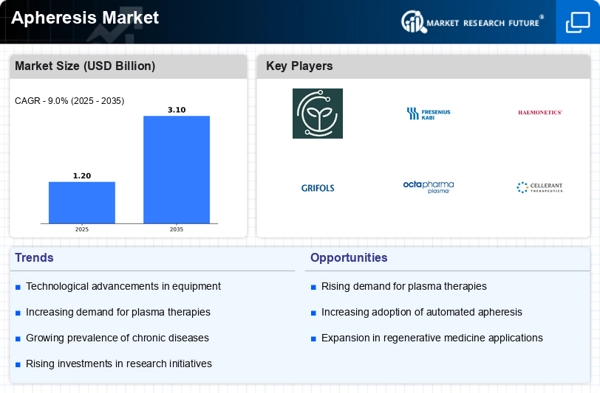

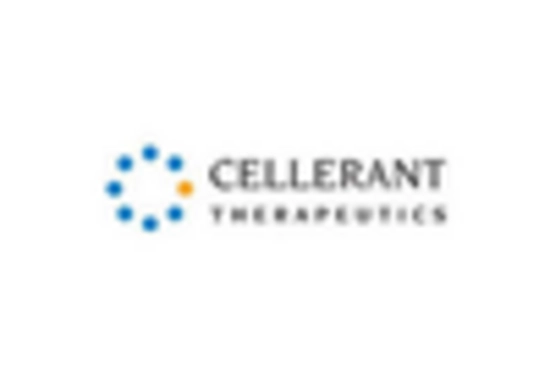
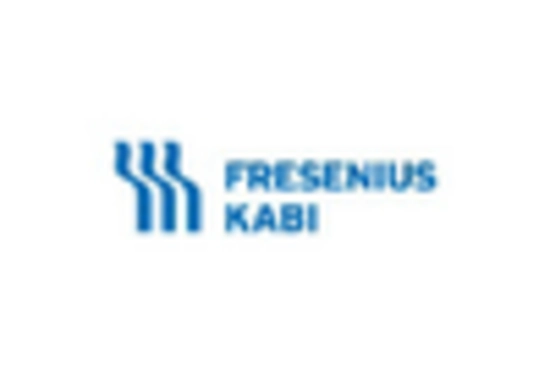
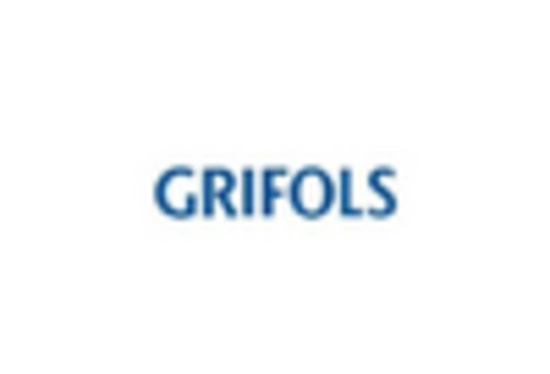
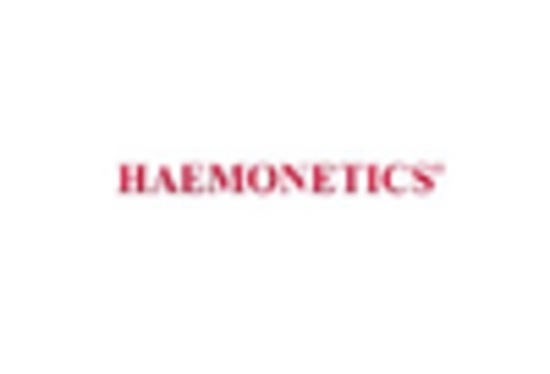

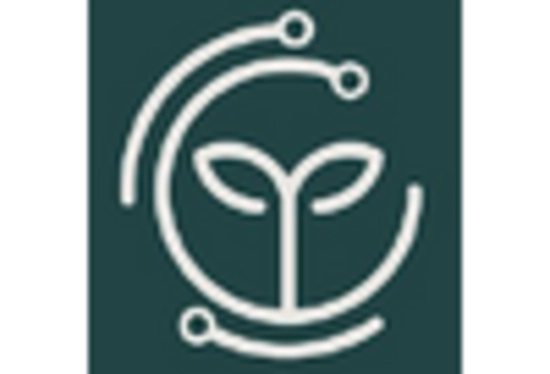








Leave a Comment